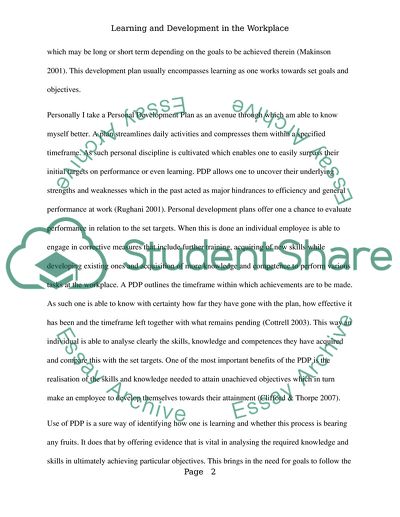Cite this document
(Learning and Development in the Workplace Essay - 1, n.d.)
Learning and Development in the Workplace Essay - 1. Retrieved from https://studentshare.org/human-resources/1751638-learning-and-development-in-the-workplace
Learning and Development in the Workplace Essay - 1. Retrieved from https://studentshare.org/human-resources/1751638-learning-and-development-in-the-workplace
(Learning and Development in the Workplace Essay - 1)
Learning and Development in the Workplace Essay - 1. https://studentshare.org/human-resources/1751638-learning-and-development-in-the-workplace.
Learning and Development in the Workplace Essay - 1. https://studentshare.org/human-resources/1751638-learning-and-development-in-the-workplace.
“Learning and Development in the Workplace Essay - 1”, n.d. https://studentshare.org/human-resources/1751638-learning-and-development-in-the-workplace.


